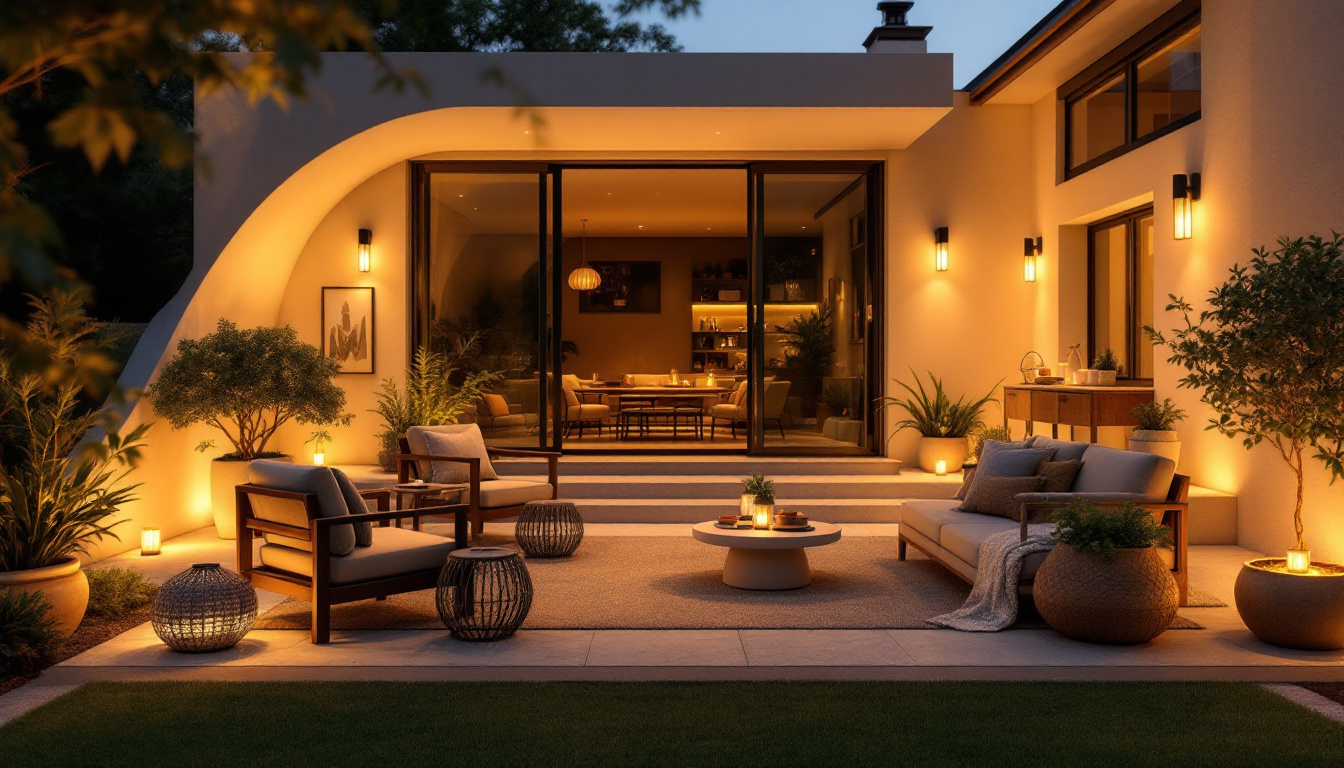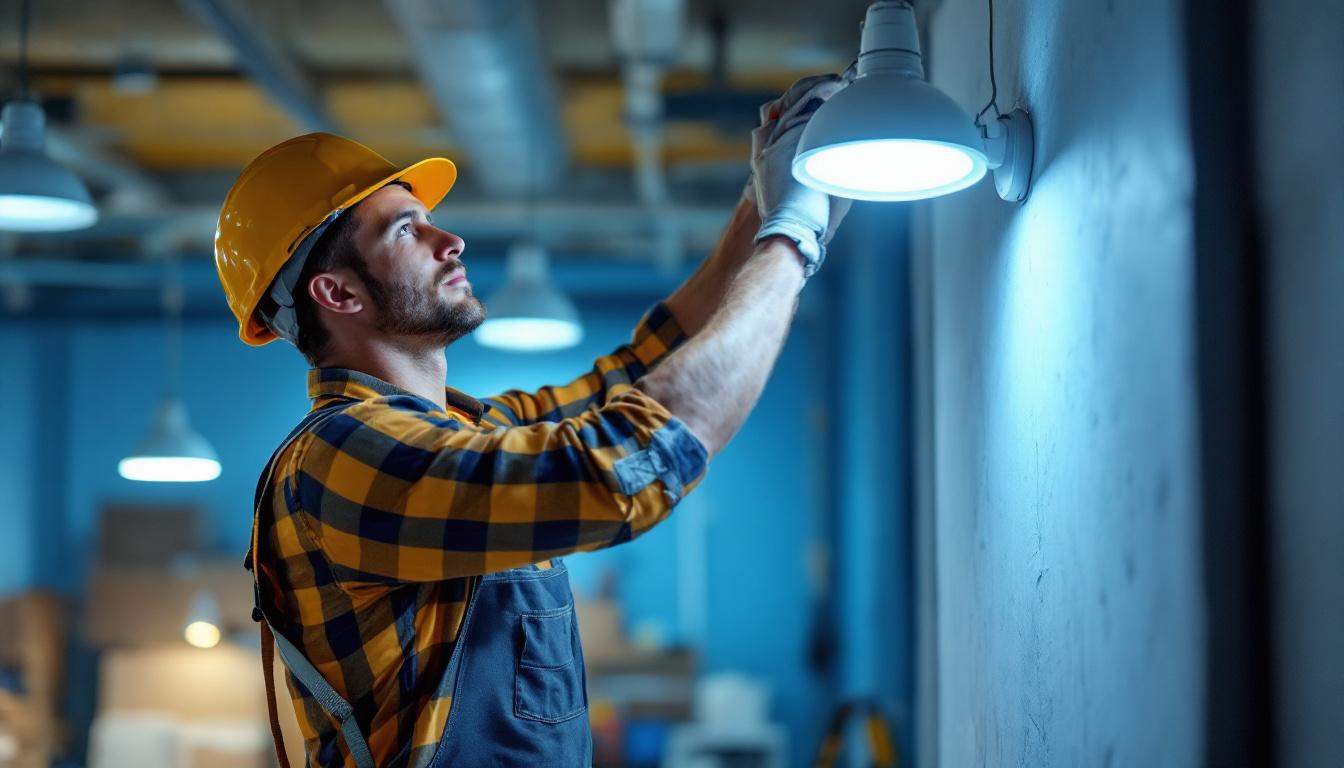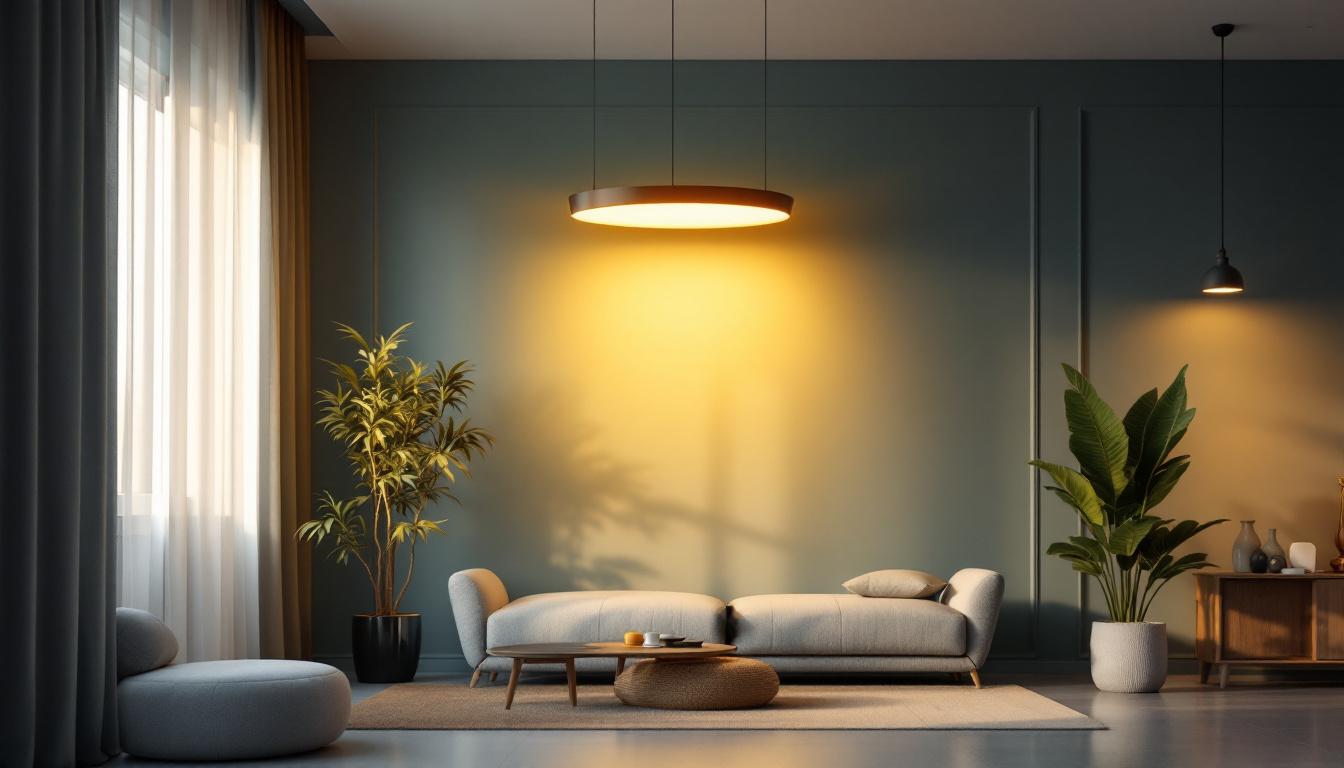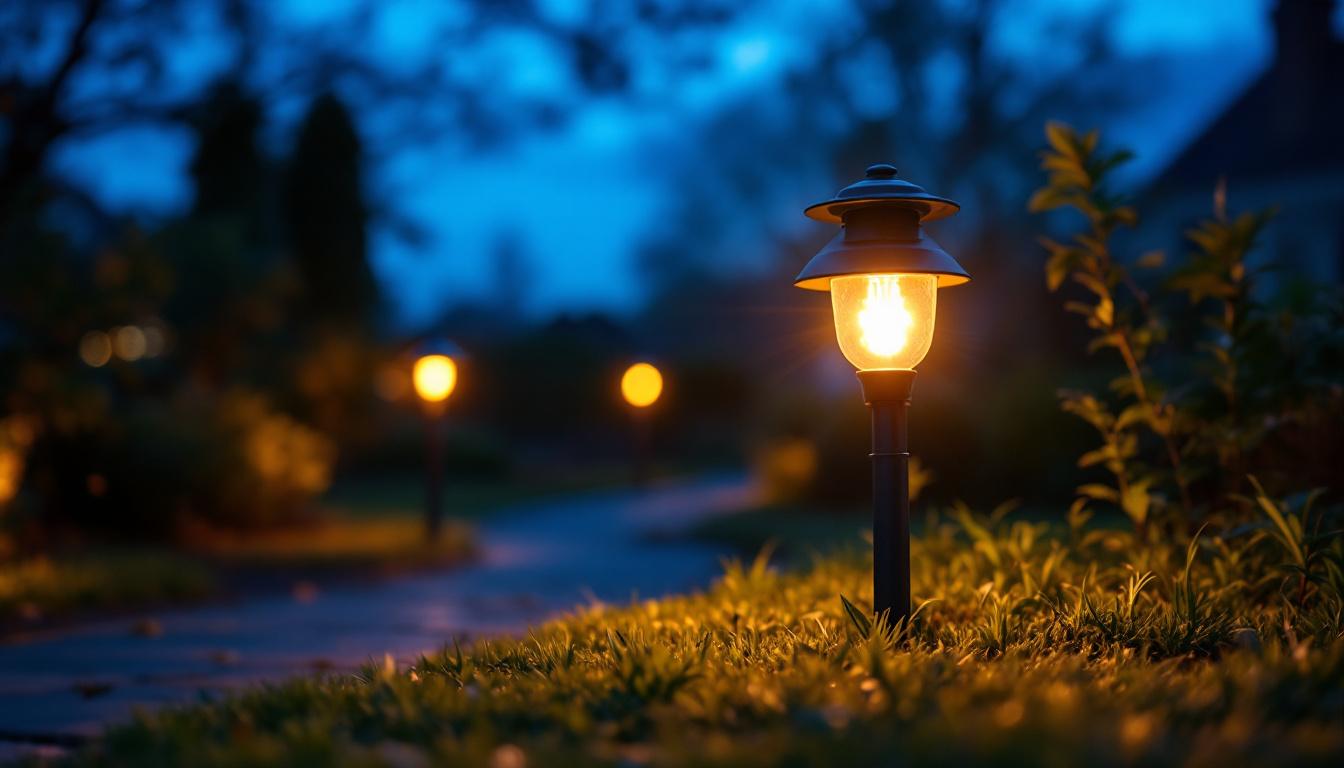
Lighting contractors play a crucial role in the design and installation of lighting systems for various environments, from residential spaces to large commercial projects. Among the myriad tools and equipment they utilize, light cords stand out as essential components that can significantly enhance their efficiency and effectiveness. This article explores the importance of light cords, their various applications, and why every lighting contractor should prioritize incorporating them into their toolkit.
Light cords, often referred to as power cords or extension cords, are flexible electrical cables that connect light fixtures to power sources. They come in various lengths, gauges, and configurations, allowing for versatility in installation and design. Their primary function is to deliver electricity to lighting fixtures, but their benefits extend far beyond simple connectivity. Light cords can enhance the aesthetic appeal of a space, allowing for creative lighting arrangements that can transform any environment, from cozy home settings to vibrant commercial spaces.
There are several types of light cords available, each designed for specific applications. Understanding these types can help contractors select the right cord for their projects. Each type of cord serves a unique purpose, ensuring that the right power delivery method is used for the intended lighting solution.
When selecting light cords, several features should be taken into account to ensure optimal performance and safety. Key considerations include:
In addition to these features, it’s also wise to consider the cord’s plug type and compatibility with existing fixtures. Some light cords come with specialized plugs that cater to specific lighting systems, making it essential to ensure that the selected cord matches the requirements of the fixtures being used. Furthermore, the color and design of the cord can also play a role in the overall aesthetic of the installation, allowing for a seamless integration into the decor of the space.
Light cords are not merely accessories; they are vital tools that can enhance a contractor’s workflow, safety, and overall project quality. Here’s why they are indispensable in the lighting industry.
One of the primary advantages of using light cords is the flexibility they offer in design. Contractors can easily reposition fixtures, create temporary installations, or adapt to last-minute changes without the need for extensive rewiring. This adaptability is particularly beneficial in dynamic environments where lighting requirements may shift frequently.
Moreover, light cords allow for creative lighting solutions that can transform spaces. By using various lengths and configurations, contractors can achieve unique lighting effects, highlight architectural features, or create ambient settings that enhance the overall aesthetic of a project. The ability to experiment with different lighting angles and intensities can lead to innovative designs that set a contractor apart from competitors.
In addition, light cords can facilitate the use of smart lighting technologies, enabling contractors to integrate advanced control systems that allow for remote operation and programmability. This not only adds convenience for the end-user but also opens up new avenues for energy efficiency and sustainability in lighting design. As more clients seek eco-friendly solutions, the versatility of light cords becomes even more valuable in meeting these demands.
Safety is paramount in any electrical installation. Light cords designed for specific applications often come with safety features such as overload protection and grounding capabilities. Using high-quality cords minimizes the risk of electrical hazards, ensuring compliance with local codes and regulations.
Additionally, contractors can educate clients about the importance of using appropriate light cords, reinforcing their commitment to safety and professionalism. This not only builds trust but also enhances the contractor’s reputation in the industry. Furthermore, proper training on the installation and maintenance of light cords can empower contractors to identify potential issues before they escalate, thereby reducing liability and ensuring a smoother project execution.
Another aspect of safety involves the physical durability of light cords. Many modern cords are designed to withstand harsh conditions, whether it be exposure to moisture, extreme temperatures, or physical wear and tear. This durability is crucial for outdoor installations or in commercial settings where equipment is frequently moved or adjusted. By investing in high-quality light cords, contractors can ensure long-term reliability and performance, which ultimately leads to greater client satisfaction and fewer callbacks for repairs.
Light cords are versatile tools that can be used in a wide range of settings, each with its unique requirements and challenges. Understanding these applications can help contractors maximize their effectiveness.
In residential settings, light cords are often used for temporary lighting solutions, such as during home renovations or special events. They provide homeowners with the flexibility to illuminate spaces without the need for permanent fixtures.
Moreover, contractors can use light cords to enhance outdoor living areas, creating inviting atmospheres for gatherings or relaxation. String lights, for example, can be easily installed using light cords, adding charm and warmth to patios and gardens.
In commercial environments, the role of light cords becomes even more critical. They are frequently used in retail spaces, offices, and event venues to provide adaptable lighting solutions that can be adjusted based on the needs of the space.
For instance, in retail settings, contractors can use light cords to create eye-catching displays or highlight specific products. This flexibility can significantly impact customer experience and sales, making it a valuable consideration for lighting contractors.
With a plethora of options available, selecting the right light cords can be daunting. However, by considering specific project requirements and client needs, contractors can make informed decisions that enhance their work.
Before purchasing light cords, it is essential to assess the specific requirements of each project. Factors such as the type of fixtures being used, the installation environment, and the expected load should all be considered. This assessment will guide contractors in choosing the appropriate cord type, length, and gauge.
Furthermore, engaging with clients to understand their vision and preferences can help contractors tailor their choices to meet expectations. This collaborative approach not only leads to better results but also fosters strong client relationships.
While it may be tempting to opt for cheaper options, investing in high-quality light cords is crucial for long-term success. Quality cords are designed to withstand wear and tear, reducing the likelihood of failures that could lead to costly repairs or safety hazards.
Additionally, reputable manufacturers often provide warranties and support, offering peace of mind for contractors. By prioritizing quality over cost, contractors can enhance their reputation and ensure client satisfaction.
Proper maintenance and care for light cords are essential to ensure their longevity and safe operation. Contractors should educate themselves and their clients on best practices for handling and storing these valuable tools.
When not in use, light cords should be stored properly to prevent damage. Coiling cords neatly and avoiding sharp bends can help maintain their integrity. Using cord reels or storage bags can further protect them from environmental factors and physical wear.
Additionally, labeling cords based on their length and type can streamline the selection process for future projects, saving time and effort.
Conducting regular inspections of light cords is vital to identify any signs of wear or damage. Contractors should check for frayed wires, exposed conductors, or any other issues that could compromise safety. Addressing these problems promptly can prevent accidents and ensure compliance with safety standards.
Encouraging clients to perform regular checks on their lighting systems can also enhance safety and prolong the lifespan of the installation.
In the world of lighting contracting, light cords are more than just accessories; they are essential tools that enhance flexibility, safety, and overall project quality. By understanding their various types, applications, and maintenance needs, contractors can make informed decisions that elevate their work and satisfy their clients.
As the industry continues to evolve, staying abreast of new technologies and innovations in light cords will further empower contractors to deliver exceptional lighting solutions. Embracing these tools not only enhances the contractor’s skill set but also contributes to the overall success of their projects.
Incorporating high-quality light cords into every lighting project is not just a recommendation; it is a necessity for any lighting contractor committed to excellence. By prioritizing these essential tools, contractors can ensure they are well-equipped to meet the demands of their clients and the ever-changing landscape of the lighting industry.
Ready to enhance your lighting projects with the essential tools you need for success? Look no further than LumenWholesale for a comprehensive selection of high-quality light cords. Our spec-grade lighting products are available at unbeatable wholesale prices, providing you with the reliability and performance you require. Say goodbye to inflated markups and hello to hassle-free bulk buying with free shipping. Elevate your lighting solutions today and experience the unbeatable value and convenience that only LumenWholesale can offer. Wholesale Lighting at the Best Value is just a click away.

Discover the must-have lighting solutions for transforming outdoor patios into enchanting retreats.

Discover innovative cost-saving strategies tailored for lighting contractors in our comprehensive guide, “Lighting Power Pack.” Learn how to enhance efficiency, reduce expenses, and boost your business’s bottom line with expert tips and practical solutions..

Explore the transformative journey of 8 ft light fixtures in the lighting industry, from their historical roots to modern innovations, and discover how they illuminate spaces with efficiency and style..

Discover the essential benefits and considerations of LED dusk to dawn light bulbs for lighting contractors.